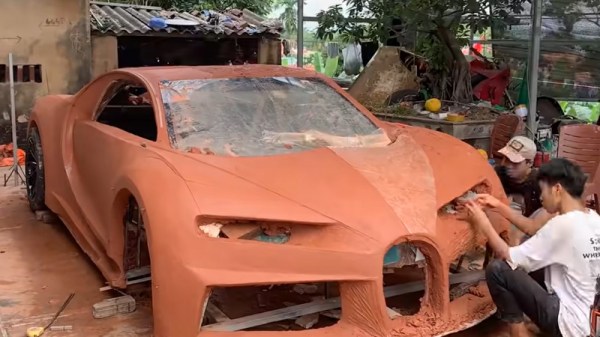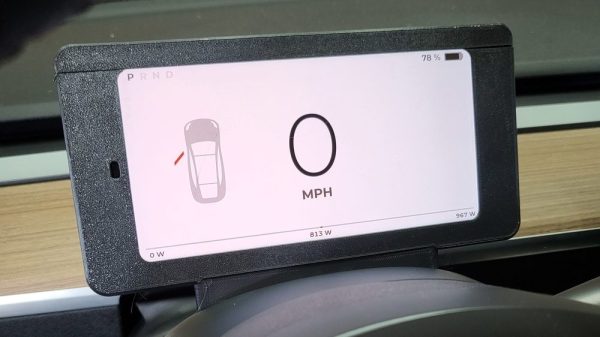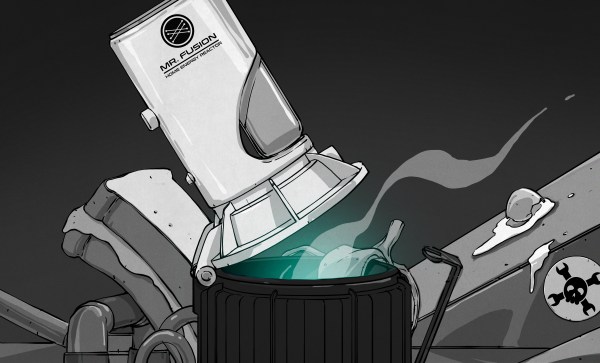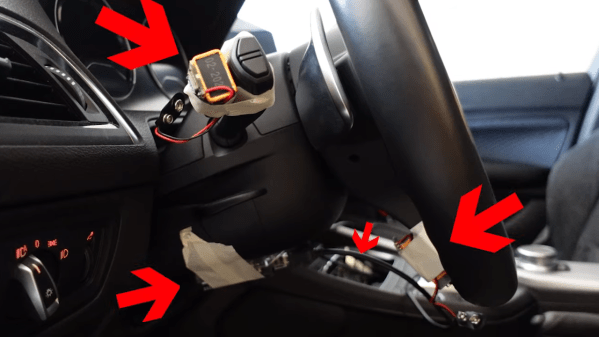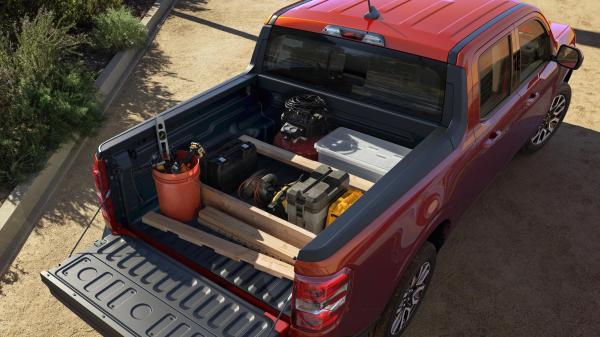There are many of us who might have toyed with the idea of building a car, indeed perhaps more than a few readers might even have taken to the road in a machine of their own creation. Perhaps it was a design of your own, or maybe a kit car. We think that very few of you will have gone as far as [Vũ Văn Nam] and his friends in Vietnam. In their latest video they compress a year’s work into 47 minutes as they craft a beautifully built replica of a Bugatti supercar. If you haven’t got a few million dollars but you’ve got the time, this is the video for you.
The skill involved in making a scratch-built car is impressive enough, but where there guys take it to the next level is in their clay modeling to create the moulds for the fibreglass bodywork. Taking their local clay and a steel frame, they carefully hand-sculpt the car with the skill of an Italian master stylist, before clothing it in fibreglass and removing the clay. The resulting fibreglass shell can be used to make the finished bodywork, which they do with an exceptional attention to detail. It might be a steel-tube home-made spaceframe with a wheezy 4-cylinder Toyota engine behind the driver instead of a 1000 HP powerhouse, but it surely looks the part!
Looking at the construction we’re guessing it wouldn’t pass an Individual Vehicle Approval test for roadworthiness where this is being written, but at the same time it wouldn’t be impossible to incorporate the extra work as this is a proper road-going car. The video is below the break, and though the few pieces of dialogue in it are in Vietnamese you probably won’t need to turn on the auto-translate to follow it.
This isn’t their first fake supercar, there’s already a Ferrari in this particular stable. Meanwhile if you’re of a mind to make a car, consider the world’s most hackable vehicle.
Continue reading “A Bugatti Without The Inconvenience Of Wealth”

